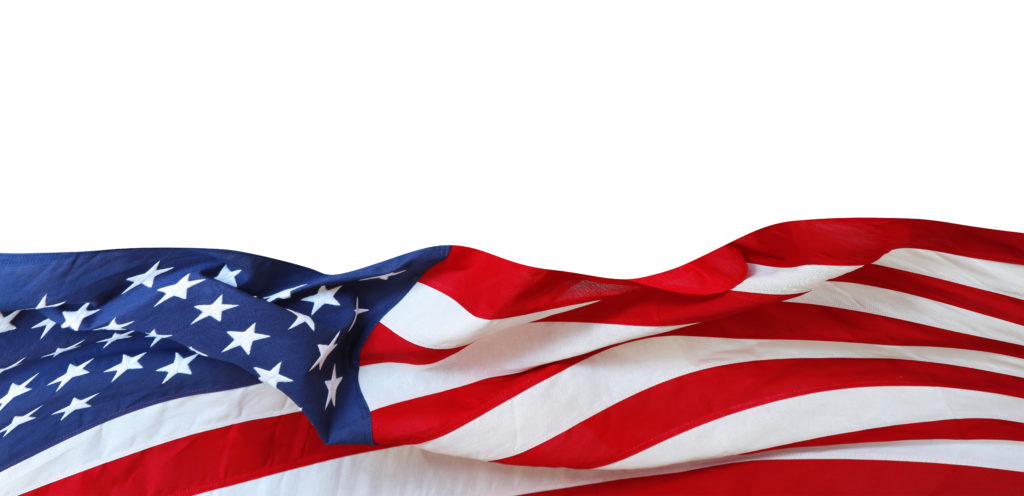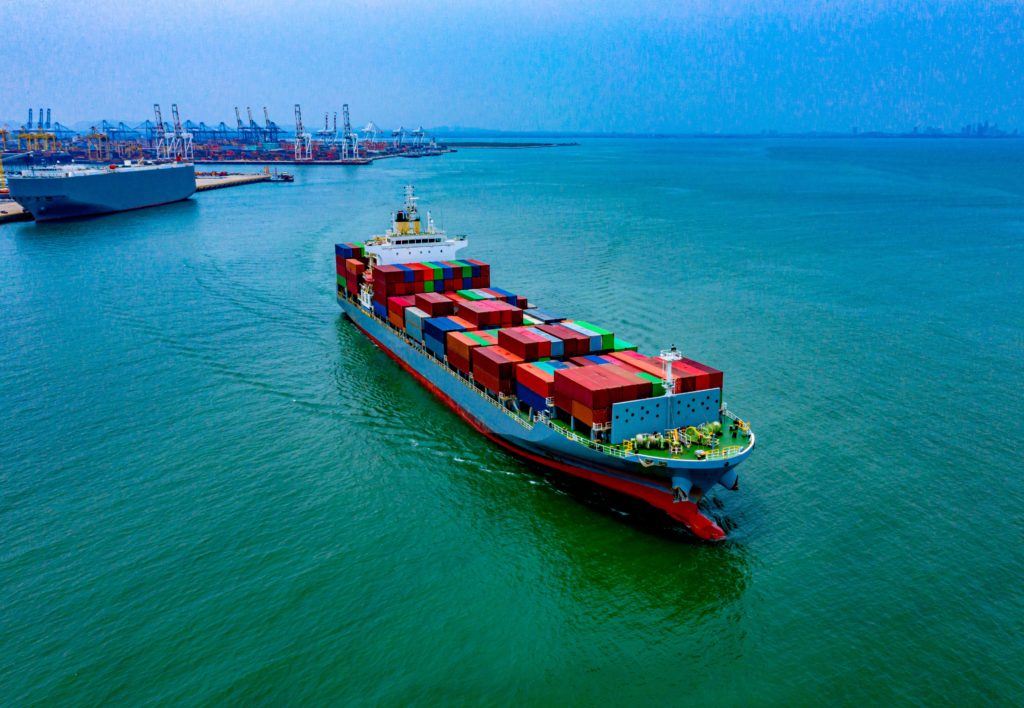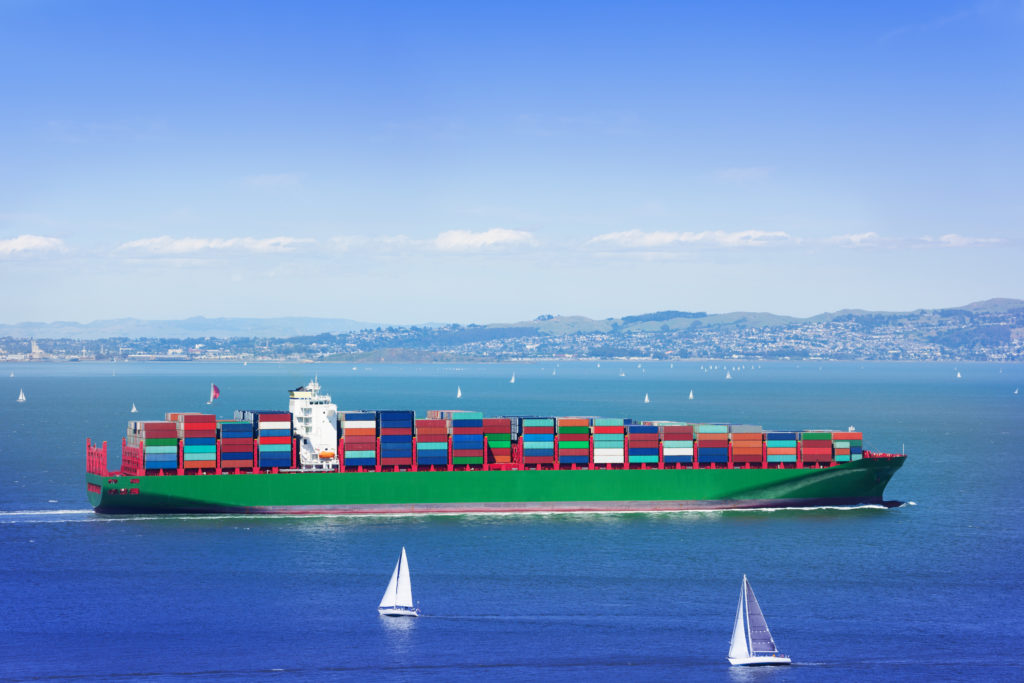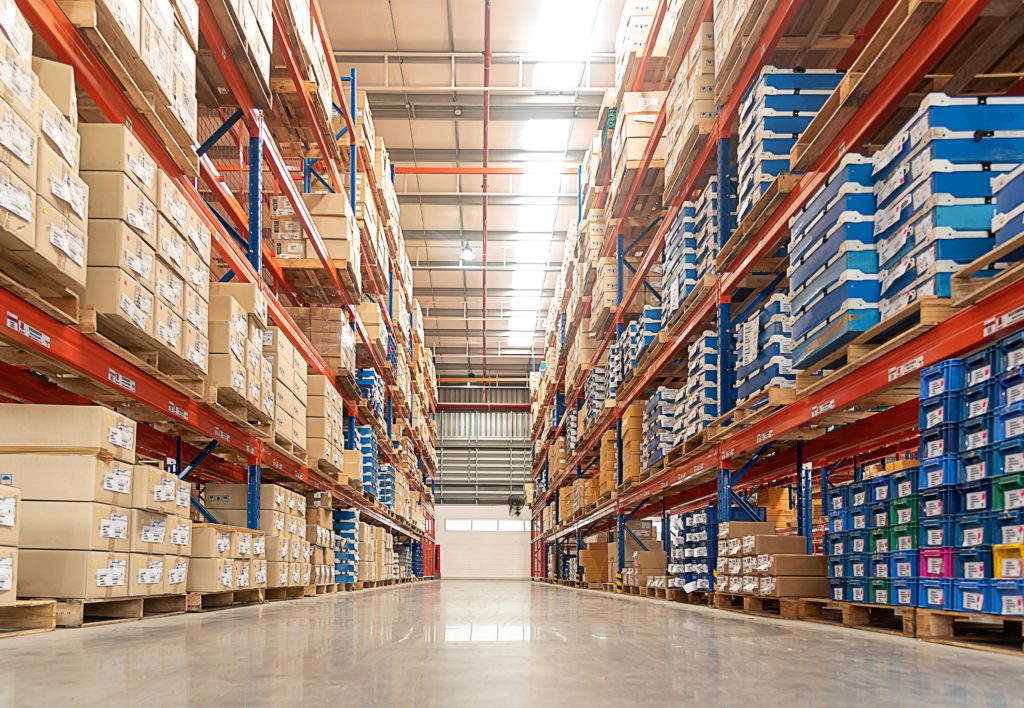What are Import Quotas
Import Quotas
What is Import Quotas?
Import quotas are quantity controls that regulate the amount (volume) of various commodities that can be imported into the United States during a specified period of time. Quotas are established by legislation, Presidential Proclamations or Executive Orders. Quotas are announced in specific legislation or may be provided for in the Harmonized Tariff Schedule of the United States (HTSUS). There are primarily three types of import quotas administered by CBP: absolute quotas, tariff-rate quotas (TRQs), and tariff preference levels (TPLs).
Absolute Quotas
Absolute quotas permit a strictly limited quantity of specified merchandise to be entered or withdrawn from warehouse for consumption during specified periods. Once the quantity permitted under the quota is reached, no further entries or withdrawals for consumption of merchandise subject to that quota are permitted until the opening of the next quota period. If an absolute quota fills, the importer must warehouse, export, destroy, or abandon merchandise imported in excess of the restraint limit. Currently, no goods are subject to absolute quota restrictions.
In-Depth Coverage: Trade Remedies
Tariff-rate Quotas (TRQ)
Tariff-rate quotas permit a specified quantity of merchandise to be entered or withdrawn from warehouse for consumption at a reduced duty rate during a specific period. Quantities imported in excess of the quota can be entered in unlimited amounts during the quota period, but are subject to higher rates of duty.
Tariff Preference Levels
Many free trade agreements and other special trade legislation establish Tariff Preference Levels for certain textile and apparel products. CBP administers these restraints like tariff-rate quotas because they are similar. Just as with a TRQ, quantities imported in excess of the TPL limit are permitted in unlimited quantities at a higher rate of duty “ the rate specified in column one of the HTSUS. Additionally, merchandise in excess of the TPL limit or found not to be eligible for TPL benefits becomes subject to any duty or restrictions that may be in effect at the time for non-qualifying shipments.
In-Depth Coverage: Marketing and Advertising Compliance
- Federal Trade Commission (FTC) Advertising Rules
- Made in USA Standard
- FTC Regulation on Environmental Claims
- Adverting and Marketing on the Internet
- Label Claims for Conventional Foods and Dietary Supplements
- Dietary Supplement Advertising: What is FTC's Truth-in-Advertising Law?
- USDA Country of Origin Labeling (COOL)
- FTC Rules & Regulations on Food Advertisement
Determine If Goods are Subject to Quota
What factors determine whether goods are subject to quota restrictions/restraint limits in order to receive preferential duty rates?
Several key considerations determine whether a shipment is subject to quota requirements associated with eligibility for preferential trade benefits:
- HTSUS classification (based on merchandise description);
- Textile category number (associated with HTSUS classification and used to determine proper quantity in square meter equivalents (SMEs) to apply to a quantitative restraint);
- HTSUS chapter notes and additional U.S. notes to HTSUS chapters;
- Country of origin (where the goods were grown, produced, or manufactured); and
- Date and time of importation/presentation.
How can I evaluate whether the goods I am importing are subject to quota?
1. Determine the HTSUS number.
- Contact an import specialist at a local port of entry to discuss particular products and plans.
- Request a binding ruling from either the National Commodity Specialist Division, Regulations and Rulings (RR) in New York or the RR Headquarters office pursuant to 19 CFR 177.
- Query the Customs Rulings Online Search System (CROSS) for binding rulings previously issued on similar merchandise.
- Review the Harmonized Tariff Schedule of the United States (HTSUS).
- Hire an expert (i.e., customhouse broker, consultant, or lawyer).
In-Depth Coverage: Country of Origin
- Country of Origin of Imported Merchandise
- Customs Ruling: Country of Origin
- Country of Origin: Food Products
- Country of Origin: Chemical and Pharmaceutical Products
- Country of Origin & Country of Manufacture: CBP vs. FDA
- Country of Origin: Substantial Transformation or Country of Assembly Test
- Country of Origin and Free Trade Agreement
- Country of Origin and Section 301
2. Determine the textile category number (if applicable). The category is the three-digit number listed in parentheses next to the HTSUS number used for converting from the reporting quantity as noted in the HTSUS (i.e., dozen, kilogram) to the SME, the unit of measure for the restraint limit.
3. Determine whether the merchandise qualifies for preferential treatment and is subject to a restraint limit under a Free Trade Agreement or other special trade programs.
4. If the merchandise qualifies for preferential treatment, refer to the Commodity Status Report for Tariff Rate Quotas. This weekly report provides information on imported merchandise subject to tariff rate quotas or tariff preference levels. The four most recent reports are posted to the CBP.gov web site. This report contains information about food/agriculture and non-textile products in addition to textiles and is a useful tool to monitor quota utilization.
5. Any additional relevant information for a particular quota is posted on the CBP website in the form of Quota Book Transmittals and Textile Book Transmittals.
6. Review the CBP Regulations related to quota (19 CFR 132).
What data elements does CBP look for to report (charge) the quantity on an entry summary to a quota?
To charge an entry to a quota, CBP looks for certain basic data requirements, including:
- Date and time of presentation to CBP;
- Entry number with entry type properly designating a quota entry;
- Importer number;
- HTSUS classification number;
- Quantity and unit of measure;
- Country of origin;
- Certificate, license, or other documents if appropriate; and
- Payment of duties and fees.
If these elements are missing or incorrect, CBP will reject the entry for correction. The corrected entry summary will most likely be given a new date and time of presentation once the submission of the entry summary in proper form is confirmed.
In-Depth Coverage: Importing Cosmetics
What are some examples of common errors made when submitting an entry summary for quota-class merchandise?
Examples of common errors include:
- The entry is not properly designated as a quota-type entry (incorrect entry type code).
- The merchandise is incorrectly classified.
- An incorrect value is listed.
- The incorrect country of origin/export is listed.
- The quantity/reporting unit of measure are incorrect.
- The manufacturer's identification number (MID) is incorrectly constructed.
- Information on an export certificate, visa, license, or other required documentation is missing, invalid, or incomplete.
- The entry summary is submitted prior to the arrival of the merchandise in the U.S.
In-Depth Coverage: Importing Medical Device
What is a first-come, first-served (FCFS) system and why is this important?
The date and time entry summary documents are presented to CBP is important in FCFS processing because, similar to people standing in a line, CBP needs to determine in what order filers are requesting trade benefits. When the quantity requested (presented) is more than the balance available, duty preference must be granted in order of request.
What do the terms “quota priority” and “quota status” mean?
Quota priority is the precedence granted to one entry over other entries subject to the same quota. For example, if one entry is presented in the morning and another in the afternoon and both shipments are subject to the same quota, the entry submitted in the morning would have priority because it was submitted earlier.
Quota status is the standing that entitles merchandise to a reduced rate of duty under a tariff-rate quota or to any other trade benefit. In the example of the two entries above, if the quota filled at noon, the entry presented in the morning would have an accepted status; the entry presented in the afternoon would not.
How does CBP determine the date and time of presentation under the FCFS quota system?
When a filer submits an entry summary covering quota-class merchandise to the CBP office at the port of entry, they should “clock in” the record copy of the CBP Form 7501 (entry summary) using the date/time stamp machine available in the office. This becomes the official record that is maintained with the entry package. If CBP personnel do not find a date/time stamp on the document when processing quota, the date and time of quota processing is used to represent presentation.
Can quota be “reserved?”
No; quota cannot be reserved. Quota priority and status cannot be granted prior to the arrival of the merchandise in the U.S.
Read more…
Customs Clearance and Import Requirements
- Entry of Imported Merchandise
- What is Section 321 Entry?
- What is Automated Commercial Environment (ACE)
- What is an Automated Broker Interface (ABI)?
- Who is Ultimate Consignee?
- Country of Origin of Imported Merchandise
- Marking of Country of Origin on U.S. Imports
- What is Customs Bond?
- Reconciliation Prototype and Bond Rider
- Who Needs a Customs Broker?
- What is Customs Ruling Program?
- Classification of Imported Goods
- How is imported merchandise appraised?
- What are Import Quotas?
- Antidumping Duty (AD) and Countervailing Duty (CVD)
- What is Foreign Trade Zone (FTZ)?
- What is Importer Security Filing (ISF)?
- What is Temporary Importation under Bond (TIB)
- What is In-Bond Process?
Quick Link To U.S. Customs & Import Requirements
FDA-Regulated Products and Import Requirements
- What is Food Safety Modernization Act (FSMA)?
- Prior Notice of Imported Foods
- Food Facility Registration
- Risk-Based Preventive Controls for Human Food
- Risk-Based Preventive Control for Animal Food
- Standards for the Growing, Harvesting, Packing, and Holding of Produce for Human Consumption
- What is Foreign Supplier Verification Program (FSVP)?
- Protect Food against Intentional Adulteration
- FDA Regulated Product in Foreign Trade Zone (FTZ)
- Entry Review Process for FDA Regulated Products
- Country of Origin VS Country of Manufacture
- Foods Regulated by FDA or USDA: What is the Difference?
- Label and Labeling Claims for Conventional Food and Dietary Supplements
- What is USDA Country of Origin Labeling (COOL)?
- Import for Export of FDA Regulated Products
- FDA Regulated Products in Personal Baggage or Sending by Mail or Courier
- International Mail Facility (IMF) and FDA Regulation
- Importing Biological Product Regulated by CBER
- Importing Cosmetics and Voluntary Cosmetic Registration Program (VCRP)
- Importing Drugs into the U.S.
- Importing OTC Drugs into the U.S.
- Importing Veterinary Drugs into the U.S.
- Importing Tobacco Products into the U.S.
- Importing Medical Devices into the U.S
- Importing Food Products into he U.S.
- Importing Radiation-Emitting Products into the U.S.
Guidance on customs & logistics solution for traditional and e-commerce importers and exporters
Importer Security Filing (ISF)
An ISF is required when cargo (ocean only) laden on vessel at a foreign port is destined for shipment to the U.S. Under ISF rule, some importing information and details regarding cargo must be transmitted to the CBP at least 24 hours before goods are loaded onto the vessel.
Freight Forwarding
Looking for a freight forwarding partner? To move your cargo from its current location through customs to its final destination we will partner with you to find the best way for your business. Whatever your transportation, logistics and customs clearance need, we will do our best to customize a solution for your needs.
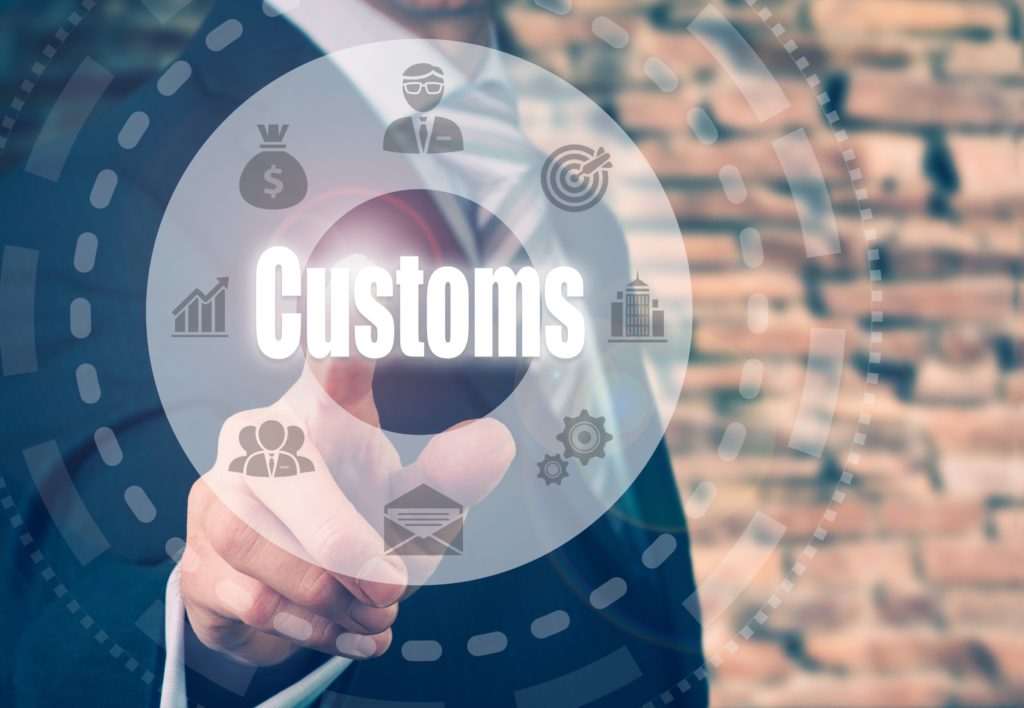
Customs Clearance
All goods imported into the U.S. are required to be declared to CBP. Our customs broker will help you stay in compliance with customs laws and regulations and clear your goods quickly and efficiently with our electronic Automated Commercial Environment (ACE) and Automated Broker Interface (ABI) Single Window System.
Warehousing & Distribution
Our warehouse facility offers great potential for serving as a regional hub with over 145,000 SF storage capacity close to Los Angeles Airport & Los Angeles/Long Beach Sea port. With our extensive experience in freight services, your import/export cargo will be handled quickly and effectively.
Section 321 Entry
Section 321 entry allows importing free of duty and tax for shipments imported by one person on one day having a fair retail value in the country of shipment not more than $800. We provide our resident and non-resident clients with dedicated ACE eManifest solutions for Section 321 entry of all modes of transportation.
Non-resident Importer Program
If you want to sell your products in U.S. marketplaces, but you are a business owner located outside of the U.S. and do not have an entity or presence in the U.S., you need to be established as a Foreign Importer of Record before your products can be imported into the U.S. We can help you.
Design your own logistics
To move your cargo from its current location through customs to its final destination we will partner with you to find the best way for your business.



